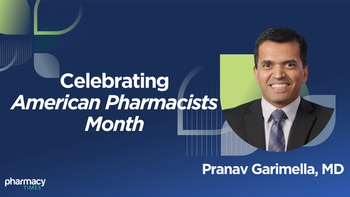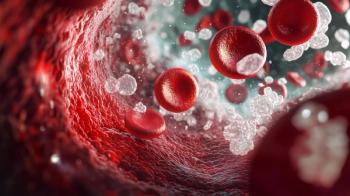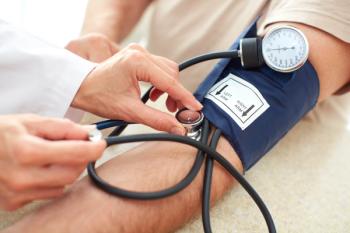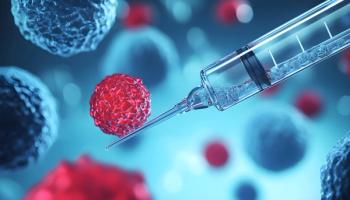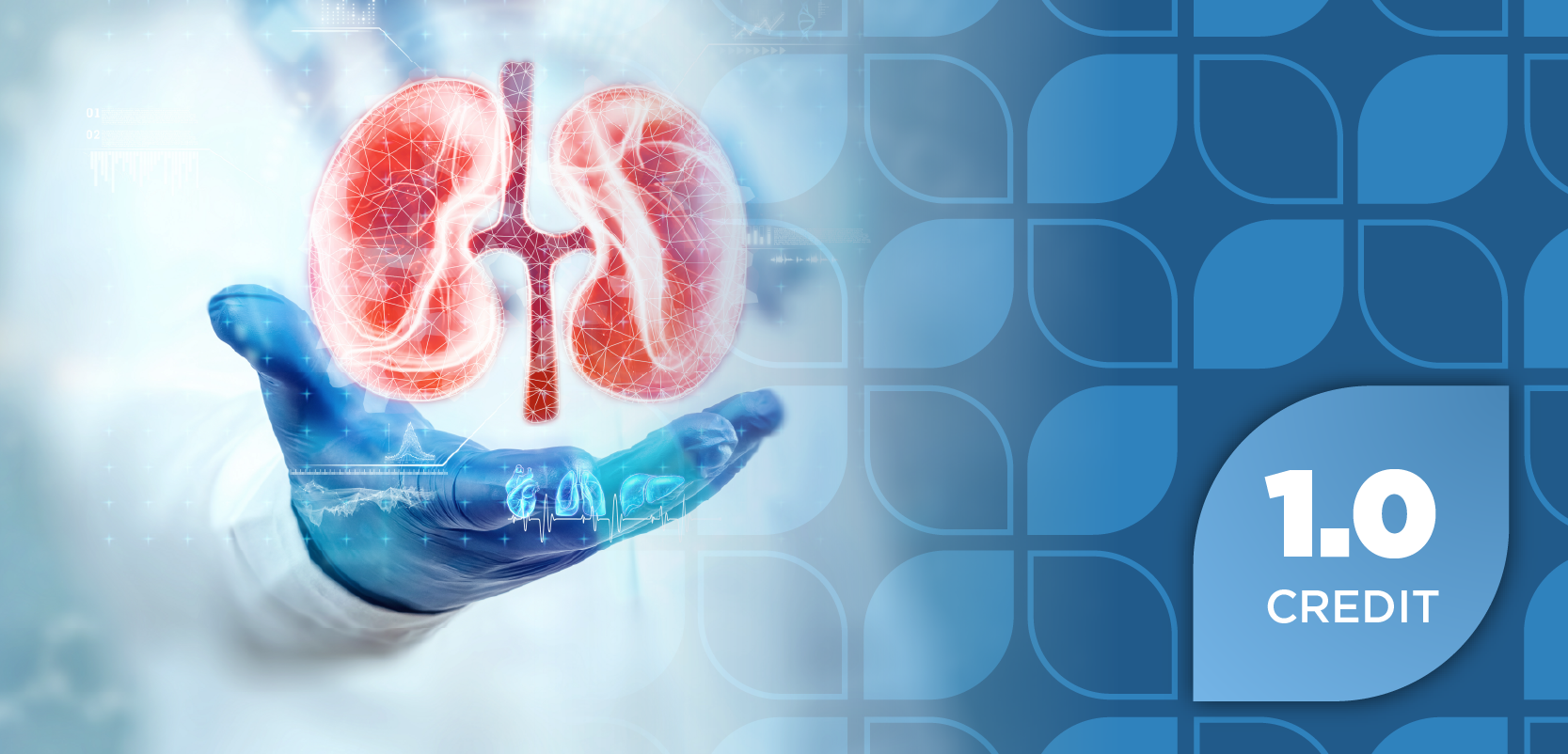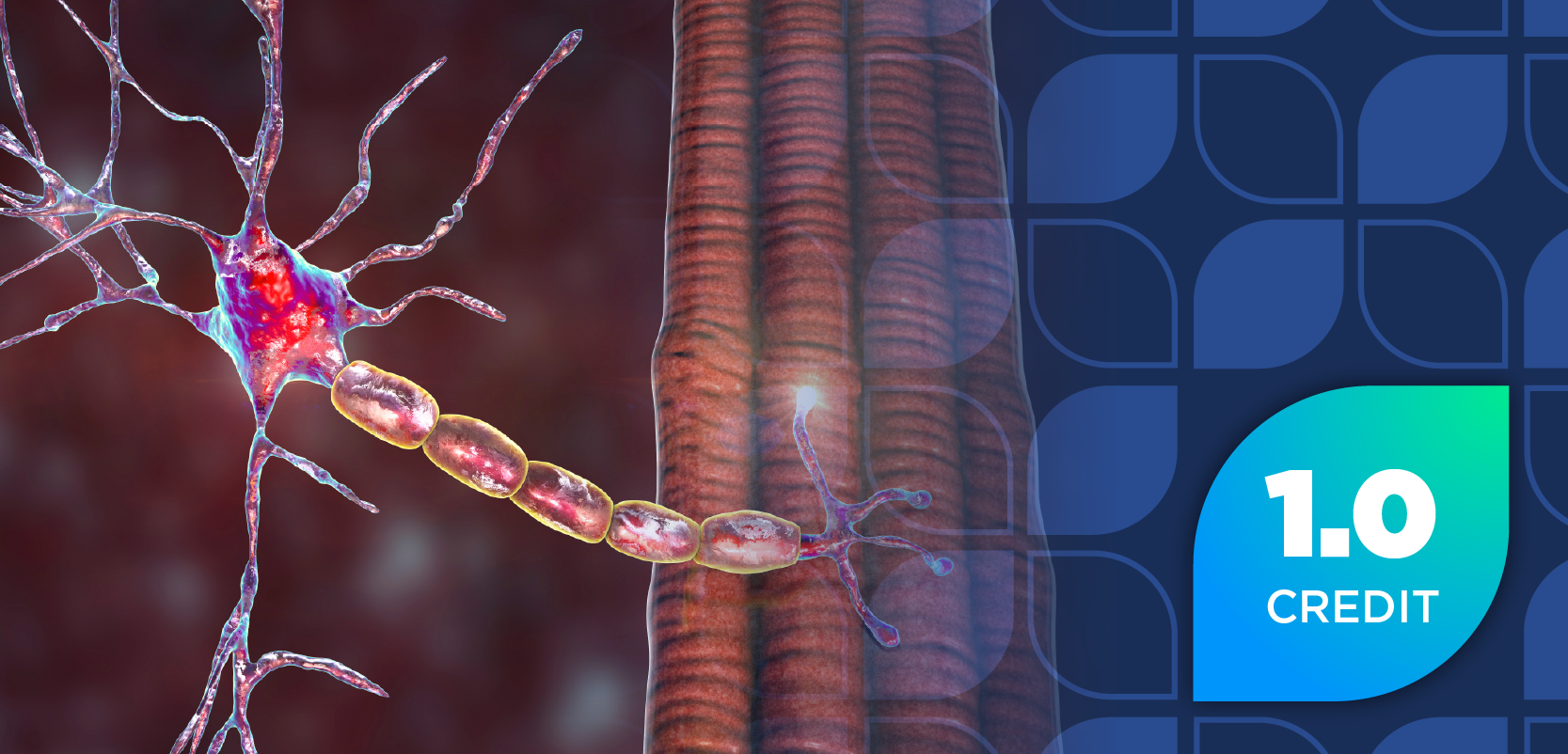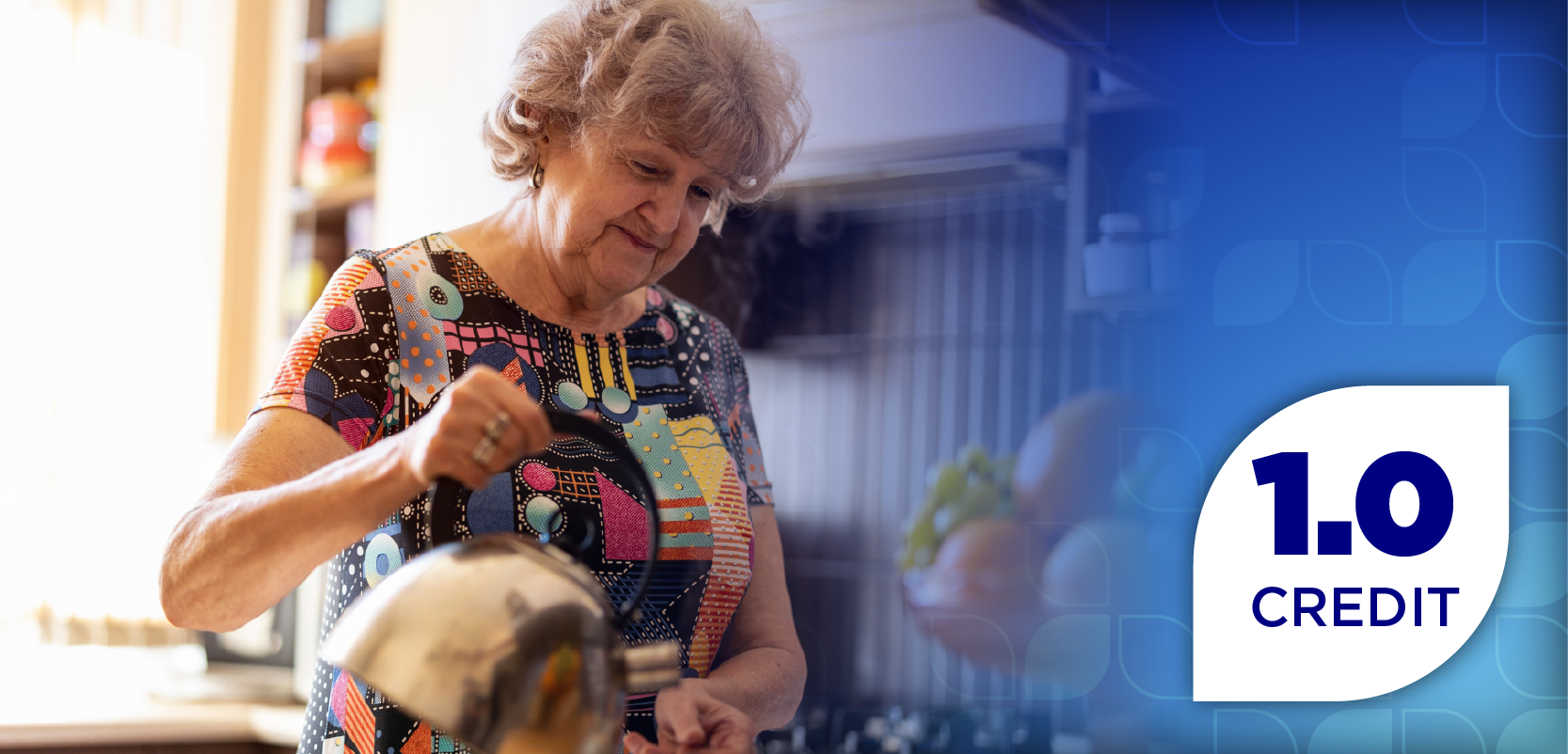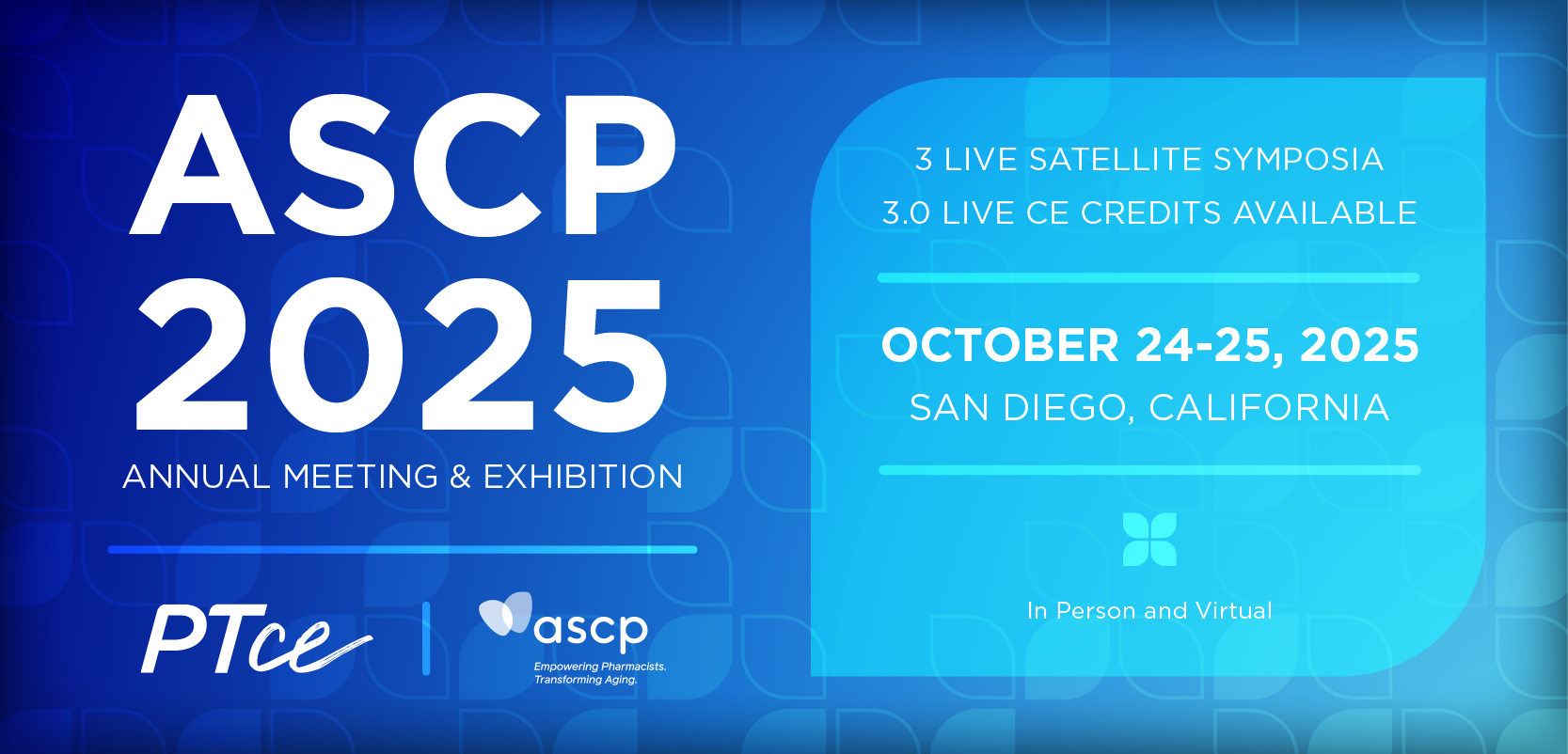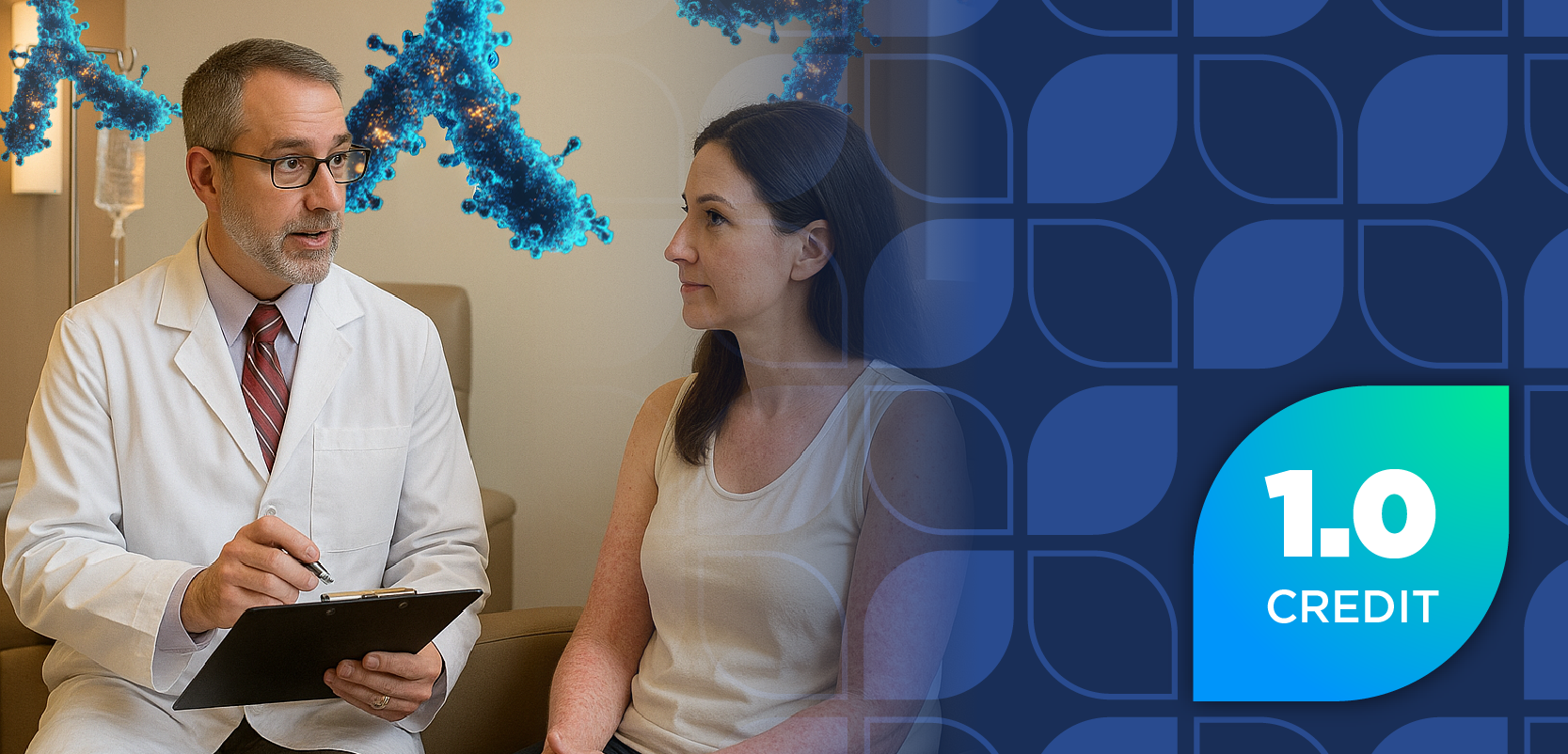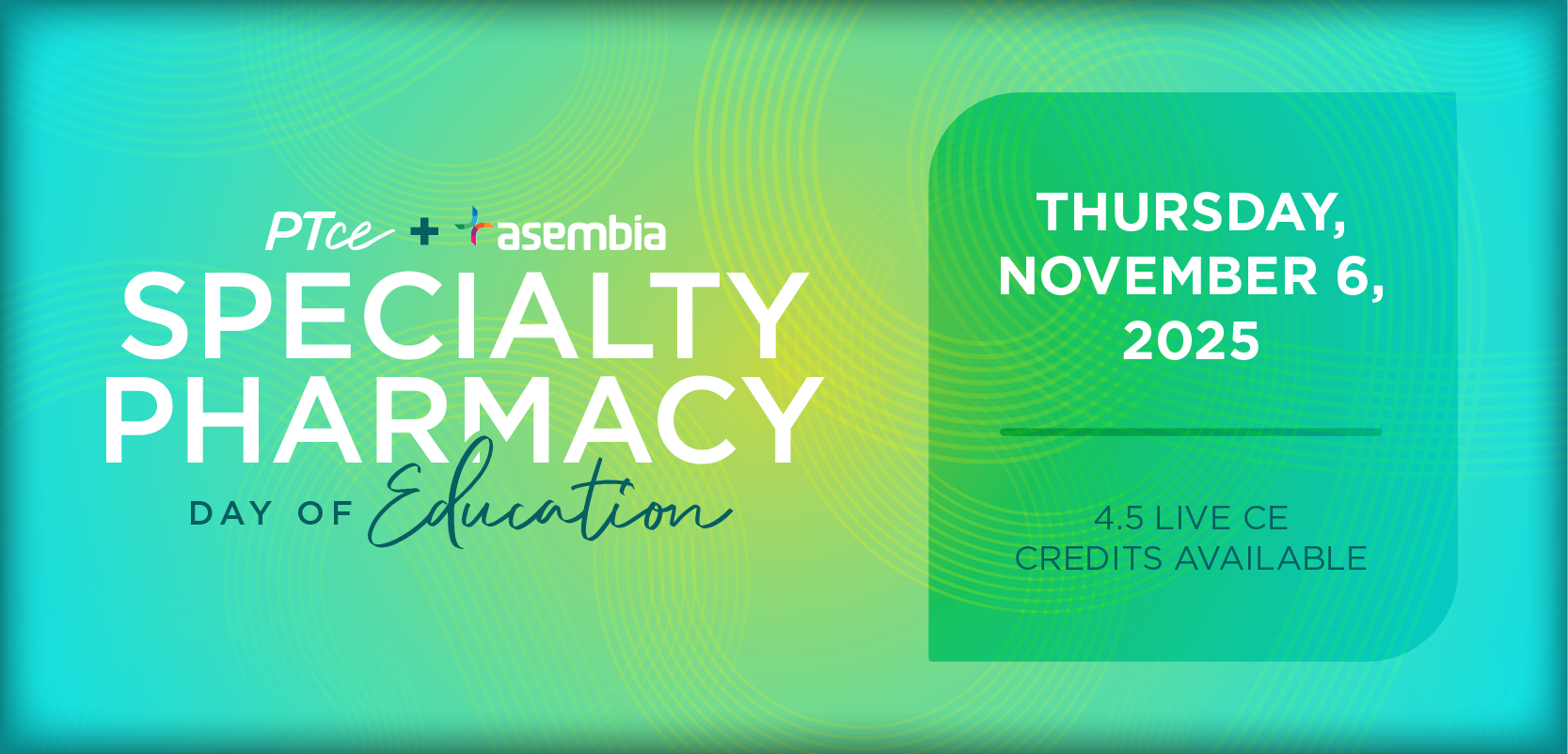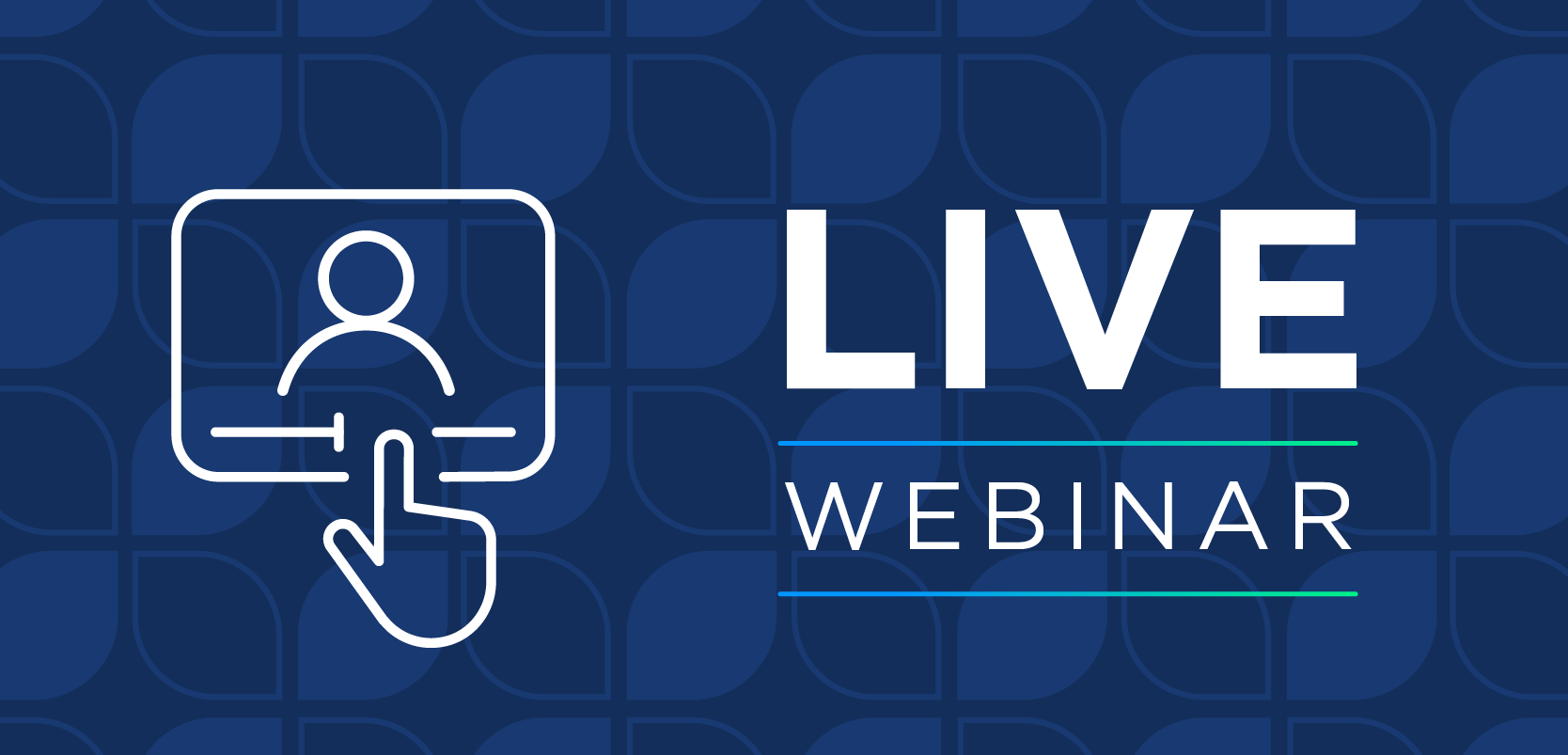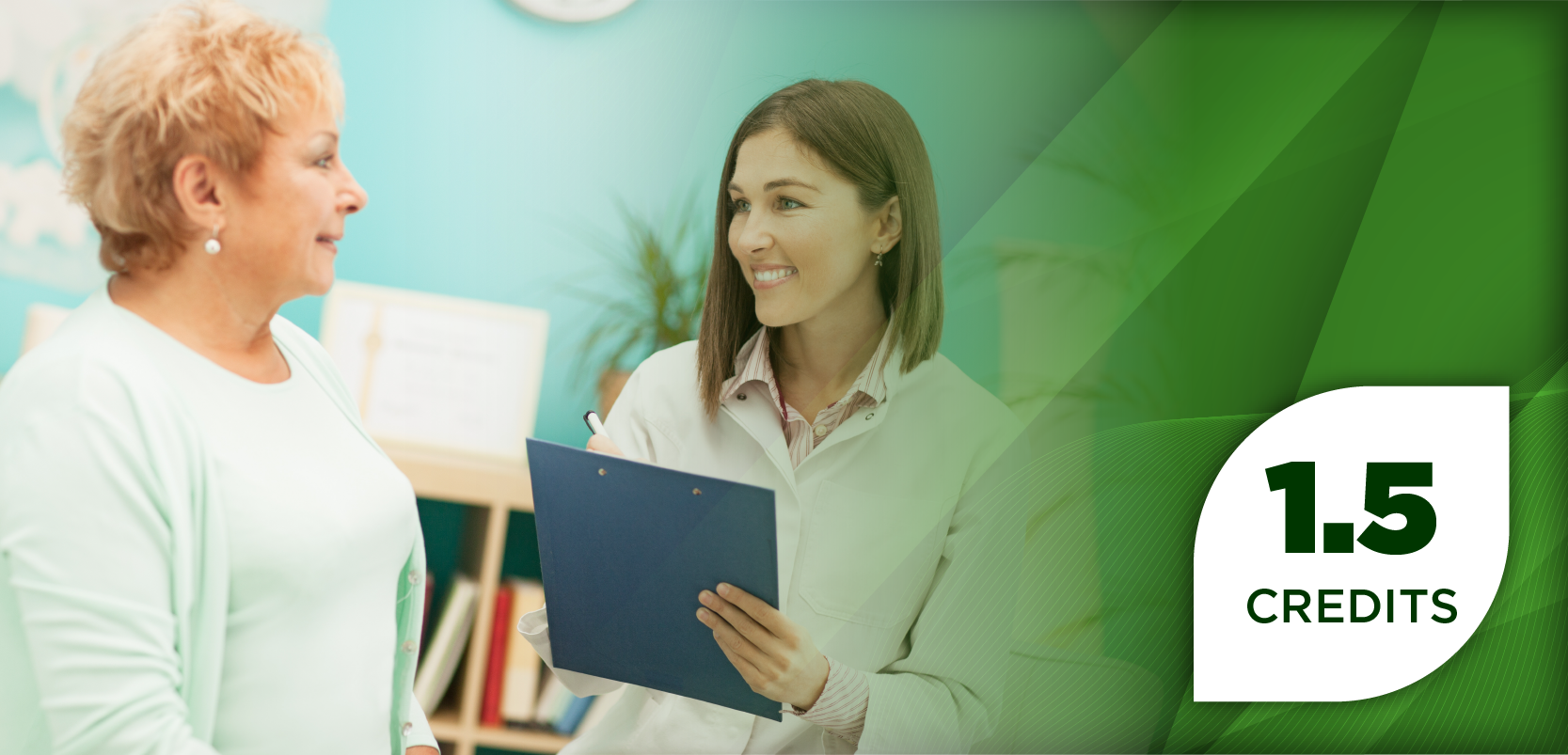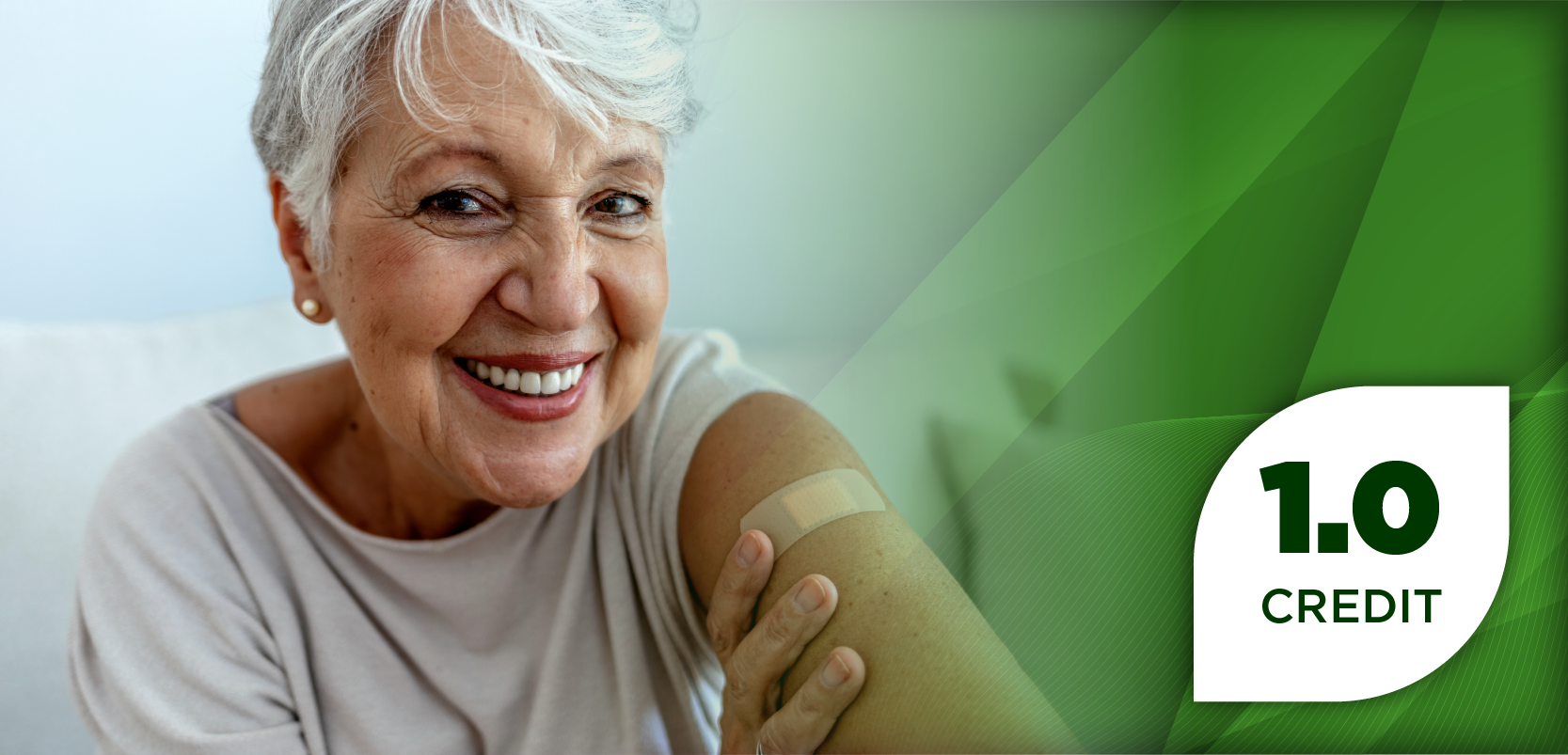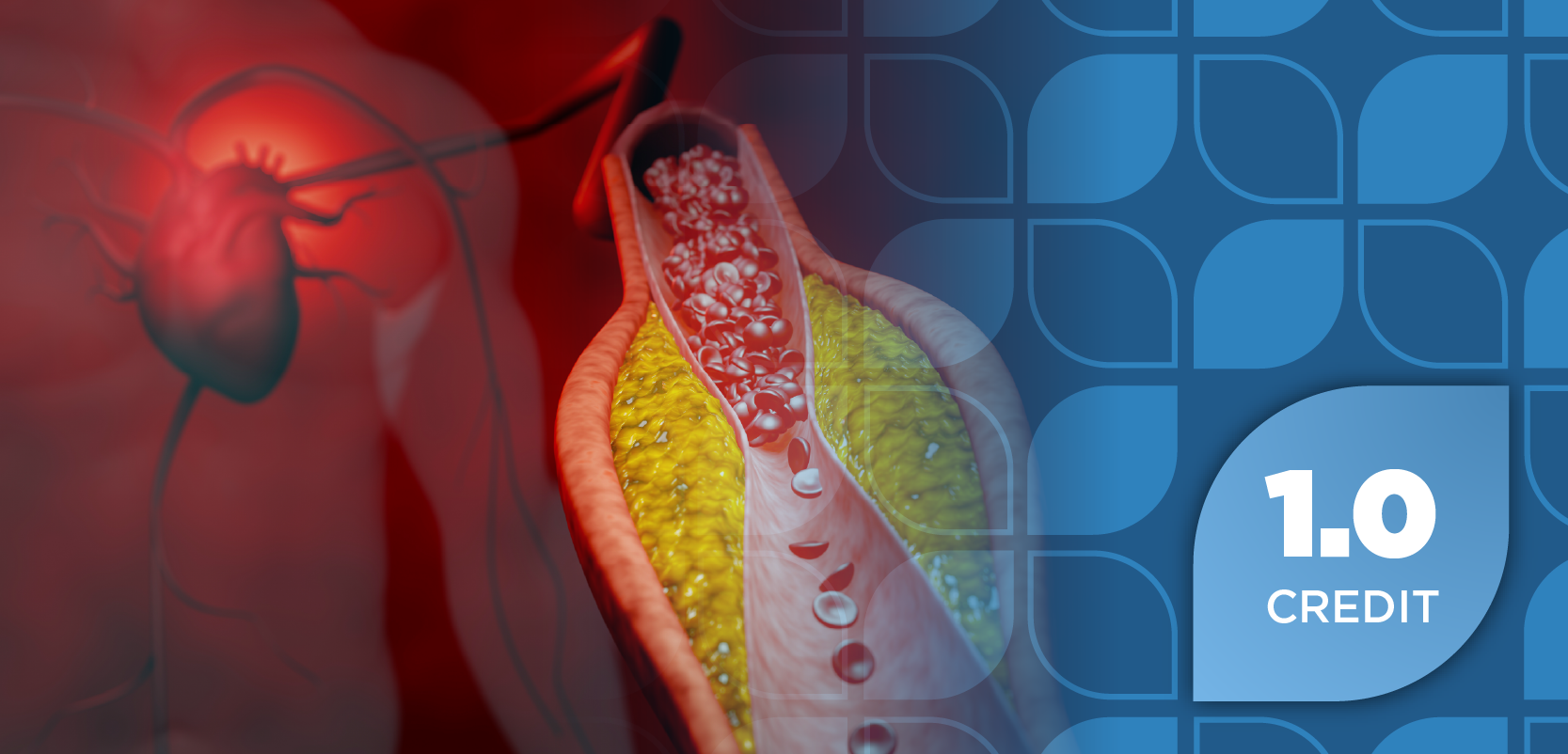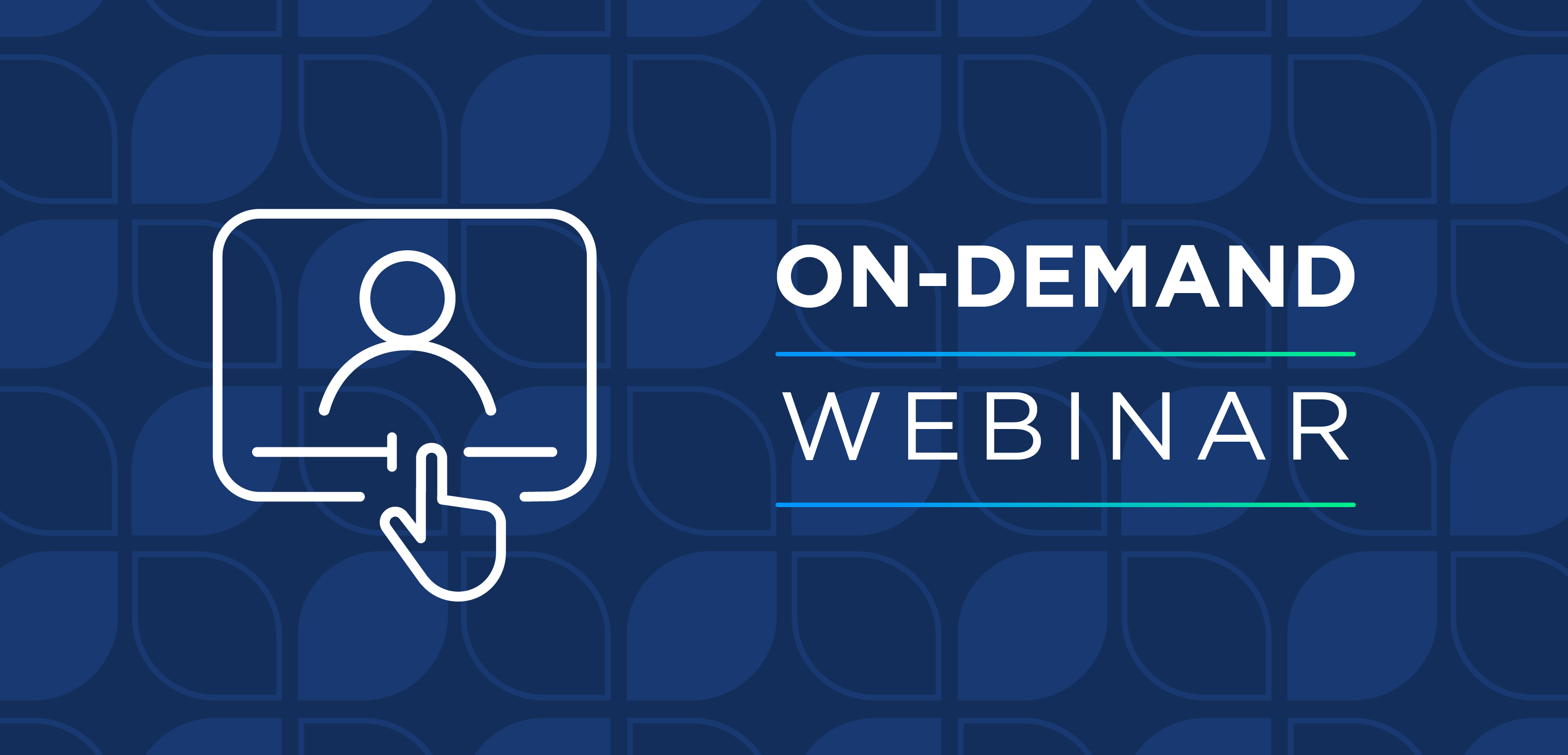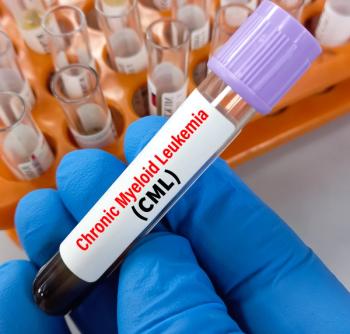
The Facts of Lice
Dr. Brown is an assistant professor of pharmacy practice at Palm Beach Atlantic University, Lloyd L. Gregory School of Pharmacy,West Palm Beach, Fla.
Head lice are the most common type of lice. They frequently affect children 3 to 10 years old, particularly during the school year. The most common symptom is itching in the areas where the lice are located.
The lice lay eggs near the scalp, and the eggs are "glued" to hair shafts. A nymph hatches from an egg and grows into a mature adult. The eggs that remain once the nymphs have hatched are called nits.
Adult lice are the size of sesame seeds, and they produce more eggs to continue the cycle. If lice are not treated, the cycle is repeated every 3 weeks.
Seeing head lice can be challenging. You may need a flashlight and a magnifying glass. Using a lice comb may increase the chance of finding them. Lice and nits should not be mistaken for dandruff, however; dandruff is not "glued" to the hair shaft the way lice are. Lice also may be found on the base of the neck and near the ears.
It is important to know how to prevent getting and spreading head lice, particularly among school-aged children. However, some myths about lice may affect the prevention and spread of lice and can lead to overuse of medications. Take this test, and see how much you know about the facts of lice!
Fact or Fiction?
1. Lice can jump and fly from one person to another.
Answer: Fiction?Lice do not have wings, and therefore they cannot jump or fly. Their back legs are used only to "glue" themselves to the hair shafts. Lice are spread from person-to-person contact or from objects that people share. For this reason, people should not share hairbrushes, combs, hats, towels, or headphones. When children have lice, soaking their combs, hairbrushes, and toys in hot water for at least 10 minutes is recommended. Their sheets and towels should be washed in soapy, hot water and dried on the hottest setting in the dryer. Carpet and upholstery should be vacuumed on a regular basis. Objects that cannot be washed should be sealed in a plastic bag for at least 2 weeks to stop the lice cycle. Use of a lice comb such as the LiceMeister Comb is recommended to remove lice and nits.
2. If someone in my family has lice, we all need to be treated.
Answer: Fiction?Unless active lice are spotted on the scalp, the use of medications is not recommended. Overusing medications makes them less effective and can pose problems later down the road when someone really needs treatment.
3. If someone in my family has lice, my pet or pets should be treated.
Answer: Fiction?Lice require human blood to live. Therefore, human lice cannot survive on pets, and pets do not need to receive treatment.
4. My child cannot go to school or day care if he or she has head lice.
Answer: It depends?Attending school and day care generally is not a good idea when lice are active to avoid further spreading. Also, some schools have developed a "No-Nit Policy," which does not allow children to attend if they have nits present. Therefore, it is important to find out what your child's school or day-care center will allow.
Treatment Options
Several over-the-counter and prescription products are available to treat lice. Discuss these options with a pharmacist to find the best possible treatment. Products containing a certain chemical are extremely effective at treating head lice. They include RID, Pronto, R&C, A-200, and Clear Lice System. They should be applied to the scalp for 10 minutes, then rinsed off. A second application is required 7 to 10 days later to increase the chances of killing any remaining nits.
If you are allergic to chrysanthemums and ragweed, use of those products is not recommended. Products containing a different chemical, such as Nix, can be applied to a dry scalp for 10 minutes, then rinsed off. Although this product will leave a residue on the scalp for up to 2 weeks, a second application may be necessary 7 to 10 days later if any active lice are still present.
Prescription products are available, but they generally are not the best products to use first, because they may have side effects. If your child is less than 2 years old and has lice, contact your primary care physician so that he or she can follow the treatment closely.
Although lice-killing products are likely to be recommended during pregnancy, it is important to let your pharmacist know if you are pregnant or breast-feeding so that you can select the safest and most effective product.
Newsletter
Stay informed on drug updates, treatment guidelines, and pharmacy practice trends—subscribe to Pharmacy Times for weekly clinical insights.

